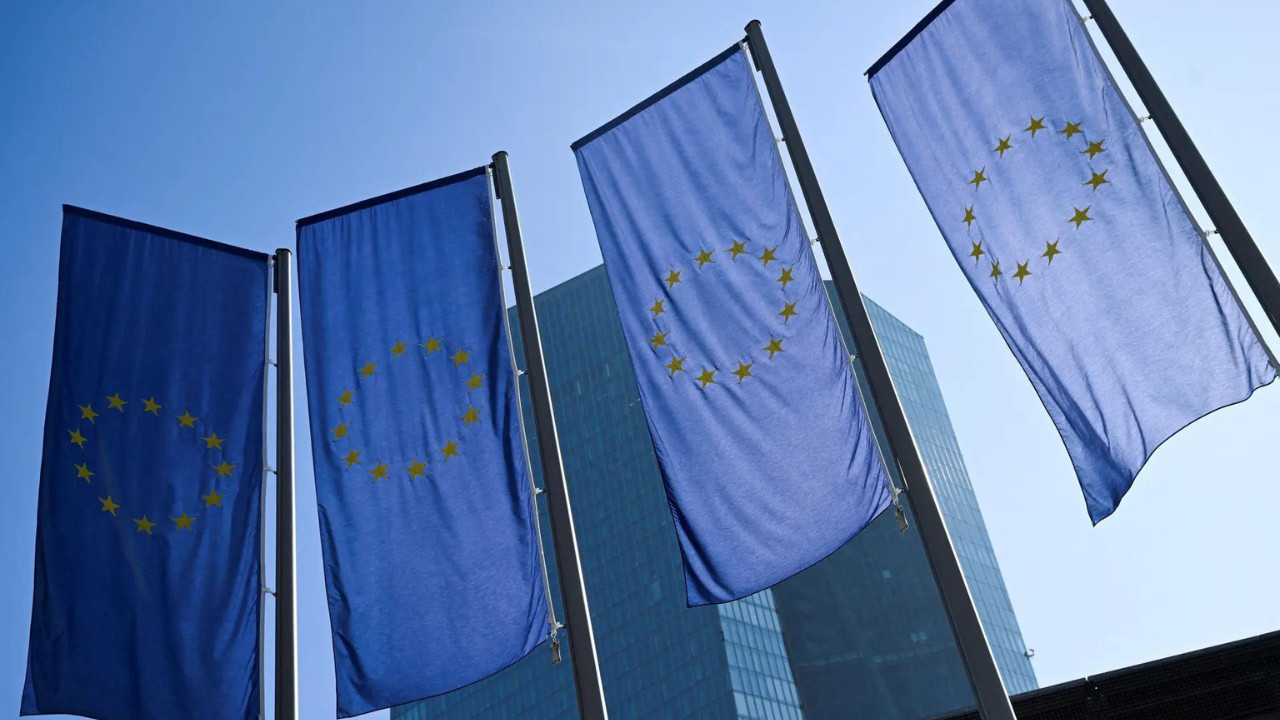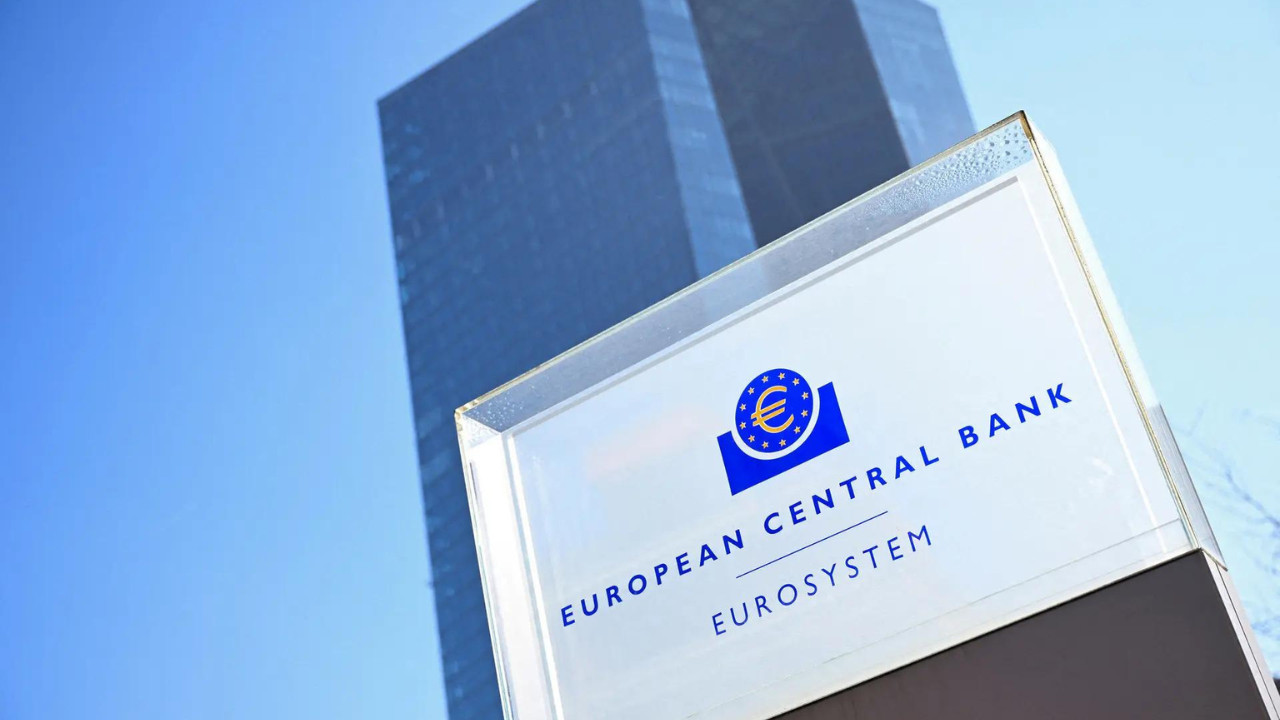Eurozone inflation edged up to 2.1% in August, according to Eurostat data, primarily due to a smaller decrease in energy prices. This slight increase, exceeding Bloomberg analysts’ expectations, strengthens the likelihood that the European Central Bank will maintain current interest rates at its upcoming September 11 meeting.
Eurozone Inflation: A Gentle Breeze or a Gathering Storm?
The summer air in Europe might be cooling down, but the economic climate is showing signs of warming up. August brought with it a slight uptick in Eurozone inflation, nudging prices to 2.1%, a figure that has economists and consumers alike taking notice. But is this a fleeting summer heatwave, or the beginning of a more sustained inflationary trend?
For months, the European Central Bank (ECB) has been walking a tightrope, attempting to balance the need to control inflation with the desire to foster economic growth. The current increase, however modest, puts even greater pressure on the central bank as it navigates these tricky waters. What makes this situation particularly complex is the driving force behind the rise.
Energy Costs Fuel the Fire
The primary culprit behind August’s inflation blip appears to be rising energy costs. As demand for energy fluctuates and geopolitical factors come into play, energy prices tend to be more volatile than other sectors. This volatility can have a ripple effect throughout the economy, impacting transportation, manufacturing, and ultimately, the price of goods and services that consumers encounter daily. The image below visually represents the increasing Eurozone inflation rate.
“`html

“`
This increase in energy costs is not happening in isolation. The global economic landscape continues to evolve, with supply chain bottlenecks, labor market dynamics, and shifting consumer behavior all playing a role in shaping inflationary pressures. Understanding these interconnected forces is crucial to accurately assessing the future trajectory of prices in the Eurozone.
The ECB’s Next Move: A Balancing Act
Given the latest inflation data, all eyes are on the ECB. Will they choose to maintain the status quo, holding interest rates steady in an effort to support economic recovery? Or will they feel compelled to take a more hawkish stance, raising rates to combat rising prices? The decision is far from straightforward.
Raising interest rates could help curb inflation by reducing consumer spending and business investment. However, it could also stifle economic growth, potentially pushing the Eurozone into a recession. On the other hand, keeping rates unchanged could allow inflation to persist, eroding the purchasing power of consumers and creating further economic instability down the line.
It’s a challenging balancing act, requiring careful consideration of a multitude of factors and a healthy dose of foresight. Previous decisions made by the ECB show how seriously they treat economic matters in the Eurozone.
Core Inflation: A Different Story
While the headline inflation rate is garnering attention, it’s important to delve deeper into the data. Core inflation, which excludes volatile energy and food prices, remained steady at 5.3% in August. This suggests that the underlying inflationary pressures in the Eurozone may be more persistent than initially believed. The difference between headline and core inflation is a key indicator for the ECB, providing a clearer picture of the long-term trends at play.
This divergence between headline and core inflation highlights the complexity of the current economic environment. While the rise in energy costs may be a temporary phenomenon, the stickiness of core inflation suggests that other factors, such as wage growth and supply chain disruptions, are also contributing to the overall price pressures.
What Does This Mean for Consumers?
Ultimately, the rising Eurozone inflation has a direct impact on consumers. As prices for goods and services increase, households may find themselves struggling to make ends meet. This can lead to a decrease in consumer spending, which in turn can negatively affect economic growth.
The extent of this impact will depend on a variety of factors, including the level of wage growth, the availability of government support, and the overall resilience of the Eurozone economy. However, it’s clear that inflation is a concern for consumers, and policymakers need to take it seriously.
Navigating the Uncertainties
The slight increase in Eurozone inflation in August presents a complex challenge for the ECB and the broader European economy. While the rise is partly driven by volatile energy prices, the stickiness of core inflation suggests that underlying inflationary pressures may be more persistent. Whether this is a fleeting flicker or the kindling of a larger economic shift is yet to be seen. The ECB’s response in the coming months will be crucial in shaping the future trajectory of prices and economic growth in the Eurozone. Staying informed and adaptable will be key for businesses and individuals alike as we navigate these uncertain economic waters.







